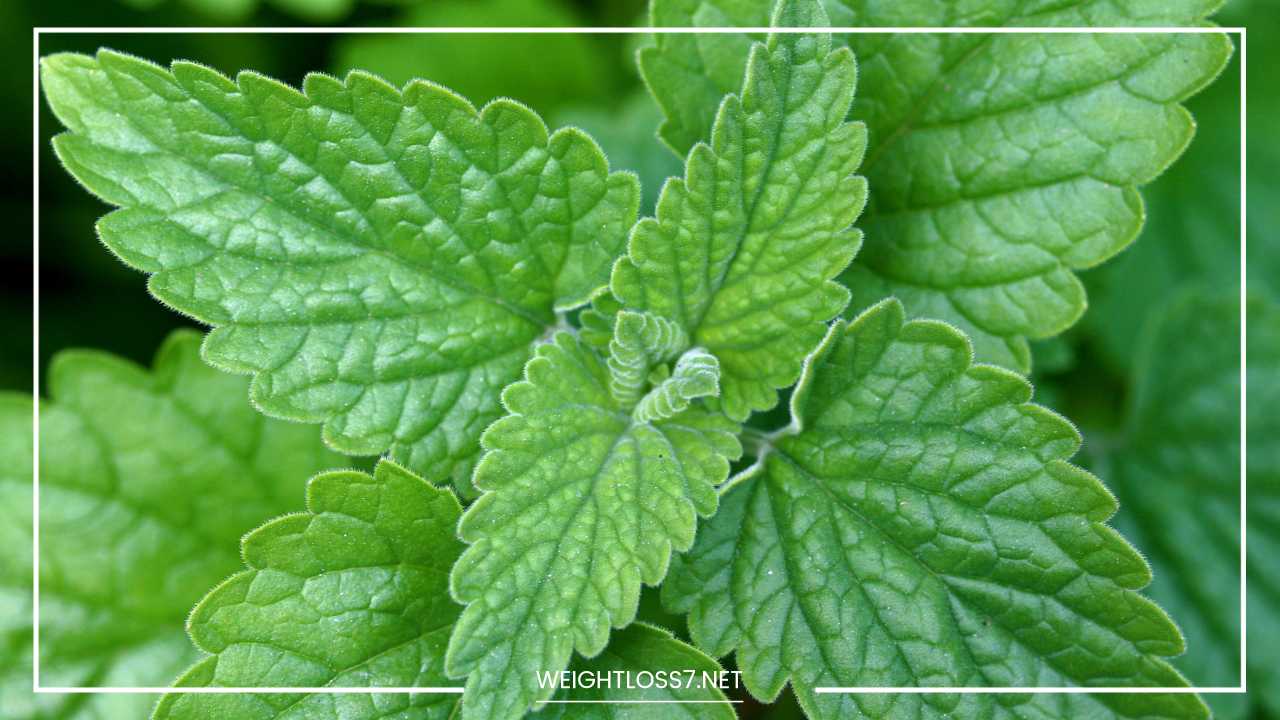Catnip Uses and Health Benefits

Catnip
Catnip: Unraveling the Enigma of a Multifaceted Herb
Catnip, scientifically known as Nepeta cataria, is a perennial herb belonging to the mint family. Native to Europe, this herb has found its way into the United States and has become a common and widespread weed across North America.
However, what truly sets catnip apart is its unique relationship with our feline friends. When cats come into contact with dried catnip, their reactions are nothing short of entertaining and intriguing.
This article explores the multifaceted nature of catnip, delving into its historical uses, medicinal properties, and dispelling some amusing myths associated with this remarkable herb.
The Catnip-Cat Connection
The allure of catnip for our feline companions lies in a specific chemical compound called nepetalactone. This compound is responsible for triggering the distinctive response seen in cats when they encounter catnip.
The exact nature of this reaction involves a stereotypical pattern, which manifests as the cat rolling around in delight, sometimes accompanied by playful behaviors.
Interestingly, humans are unable to perceive the same scent that cats do, leading to a lack of similar reactions in humans. It’s a curious phenomenon that has puzzled cat owners for generations.
Scientists have studied the effects of nepetalactone on cats, revealing that it binds to receptors in the cat’s nasal tissue, which then stimulate sensory neurons, ultimately leading to the observed behavioral responses.
While the exact purpose of this reaction in cats remains a mystery, it adds an element of wonder to the already captivating world of feline behavior.
Historical Uses in Humans
Beyond its appeal to cats, catnip has a rich history of human use. Dating back centuries, it has been employed for various ailments, showcasing its versatility.
People have turned to catnip for relief from colic, headaches, toothaches, colds, and spasms. The herb’s historical significance is marked by its cultivation by ancient civilizations for both medicinal and culinary purposes.
In medieval times, catnip was a staple in English kitchens, where cooks would season meats with it and add a pinch to salads.
The aromatic and flavorful qualities of catnip made it a valuable addition to culinary practices of the time.
Additionally, the herb’s medicinal uses were widespread. Its application extended beyond mere culinary delights to include its use in soothing various ailments.
Furthermore, catnip’s role as a sleep aid in humans has been documented throughout history. The herb has been recognized for its ability to induce sleep in most individuals, making it a natural remedy for insomnia.
While its effectiveness may vary from person to person, the calming properties of catnip have earned it a place in traditional herbal remedies.
Catnip as a Natural Repellent
One of the lesser-known attributes of catnip is its effectiveness as an insect repellent. Specifically, catnip has proven to be more efficient than DEET, a common ingredient in commercial insect repellents.
Nepetalactone, the same compound that entices cats, acts as a potent insect deterrent. This discovery has paved the way for exploring catnip’s potential in eco-friendly pest control methods.
Research has shown that catnip essential oil, derived from the leaves of the plant, can be a valuable tool in repelling mosquitoes, cockroaches, and other pests.
The prospect of utilizing catnip as a natural and safe alternative to synthetic pesticides aligns with the growing interest in sustainable and environmentally friendly solutions.
This dual functionality as both a cat entertainer and an insect deterrent adds to the herb’s mystique and showcases its potential applications beyond the domestic sphere. As society seeks sustainable alternatives, catnip emerges as an unexpected ally in pest management.
Medicinal Benefits in Humans
Taking catnip orally has shown significant benefits for human health. Nepetalactone, the active ingredient in catnip, serves as a herbal sedative, making it a valuable tool in addressing anxiety, insomnia, and nervousness.
The compound’s calming effects on the central nervous system contribute to its efficacy in promoting relaxation and alleviating stress-related conditions.
Furthermore, catnip’s medicinal properties extend to easing migraine headaches, stomach complaints, and reducing swelling associated with arthritis, hemorrhoids, and soft tissue injuries.
The herb’s anti-inflammatory and analgesic properties make it a versatile addition to traditional herbal medicine practices.
Catnip can be purchased in various forms, including liquid extracts, dried leaves, and capsules.
It is the dried form that is commonly brewed into a soothing tea, allowing individuals to harness its medicinal benefits in a palatable and accessible manner. The versatility of catnip in different forms enhances its integration into diverse wellness routines.
Dispelling Myths and Exploring Folklore
Catnip has not escaped the realm of myths and folklore. Some claimed that smoking catnip could produce minor hallucinogenic effects, a notion now debunked by scientific research.
The euphoric reactions observed in cats rolling in catnip do not translate to similar experiences for humans, emphasizing the uniqueness of the feline response to this herb.
Additionally, folklore suggested that catnip could calm unruly children and prevent nightmares. While these anecdotes add an element of whimsy to catnip’s reputation, they lack scientific validation.
However, the historical prevalence of such beliefs highlights the cultural significance of catnip across different societies and time periods.
Catnip: Not the Marijuana Relative
One particularly persistent myth is the notion that catnip is a distant relative of marijuana. Despite the visual similarity of cats acting as if they are under the influence when exposed to catnip, there is no scientific validity to this claim.
Catnip is more closely related to common kitchen herbs like thyme and sage, and it can be easily cultivated as a houseplant.
The comparison between catnip’s effects on cats and marijuana’s impact on humans is superficial at best. While both may induce altered states of behavior, the mechanisms and compounds involved are entirely different.
Understanding the distinctiveness of catnip and dispelling misconceptions contributes to a more accurate appreciation of this herb’s place in the botanical world.
Final Remarks
In conclusion, catnip’s charm extends beyond its entertainment value for cats. With a rich history of human use, medicinal properties, and the ability to repel insects, catnip stands out as a unique and multifaceted herb.
While it might not be a distant cousin of marijuana, catnip certainly holds its own in the world of herbs, captivating both humans and feline friends alike.
As we continue to explore the mysteries of this herb, catnip remains a fascinating subject that bridges the gap between folklore, science, and the joy it brings to our beloved pets.
From ancient kitchens to modern holistic medicine, catnip’s journey reveals a dynamic herb with the potential for varied applications.
As we navigate an era of sustainable living, catnip emerges as not just a playful diversion for cats but a valuable ally in promoting health, well-being, and environmentally conscious practices.
Whether in the paws of a curious cat or brewed in a comforting tea, catnip continues to weave its enchanting story through the tapestry of human and feline experiences.

















